Within the art world, the term "figurative" refers to art that recognizably depicts elements from the observable world, primarily the human form, but also animals, landscapes, and objects. Figurative art is fundamentally representational; its primary goal lies in portraying subjects that viewers can identify based on shared visual experience. While it may involve varying degrees of stylization, distortion, or interpretation – evident in movements like Expressionism or Cubism – the essential link to a recognizable subject remains intact. Figurative paintings serve as a bridge between the artist's vision of reality and the viewer's perception of it.
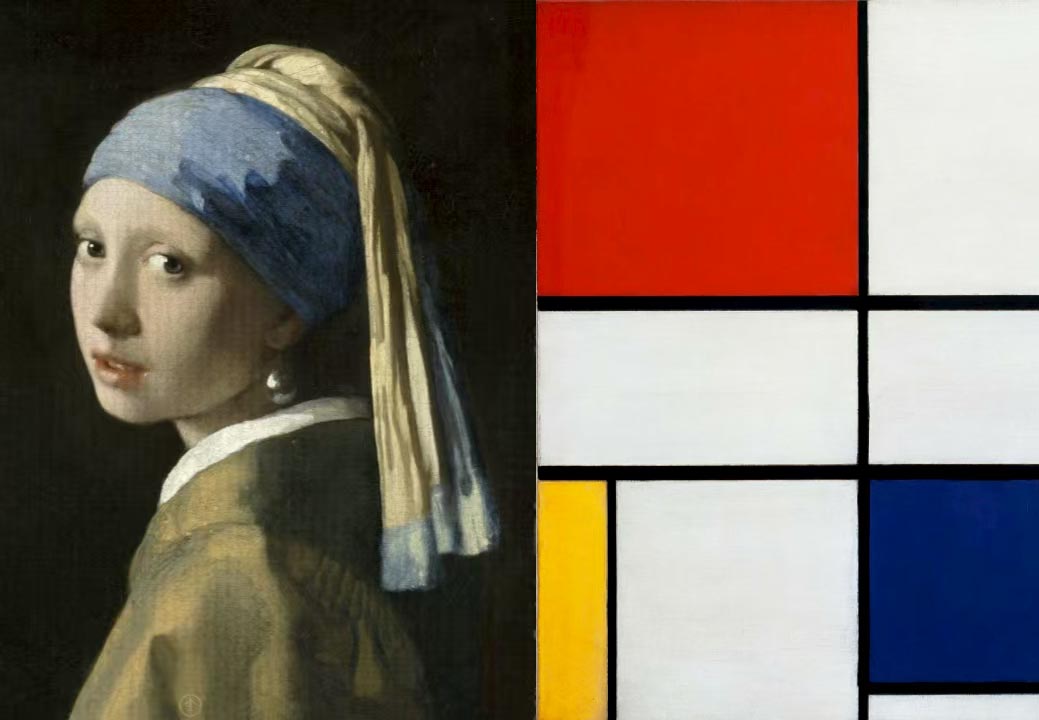
Figurative paintings constitute the historical backbone of Western art, from ancient frescoes and Renaissance masterpieces to contemporary portraiture. They operate within a framework of shared visual language. Artists working figuratively utilize line, form, colour, composition, and technique not merely for aesthetic effect, but crucially to depict subjects, convey narratives, express emotions tied to recognizable experiences, or explore the human condition. The power of figurative paintings often stems from their ability to tell stories, capture likeness, evoke empathy, or provide social commentary through the depiction of the known world. Techniques such as perspective, chiaroscuro (light and shadow modelling), and anatomical accuracy are frequently employed, though not exclusively, to achieve these aims.
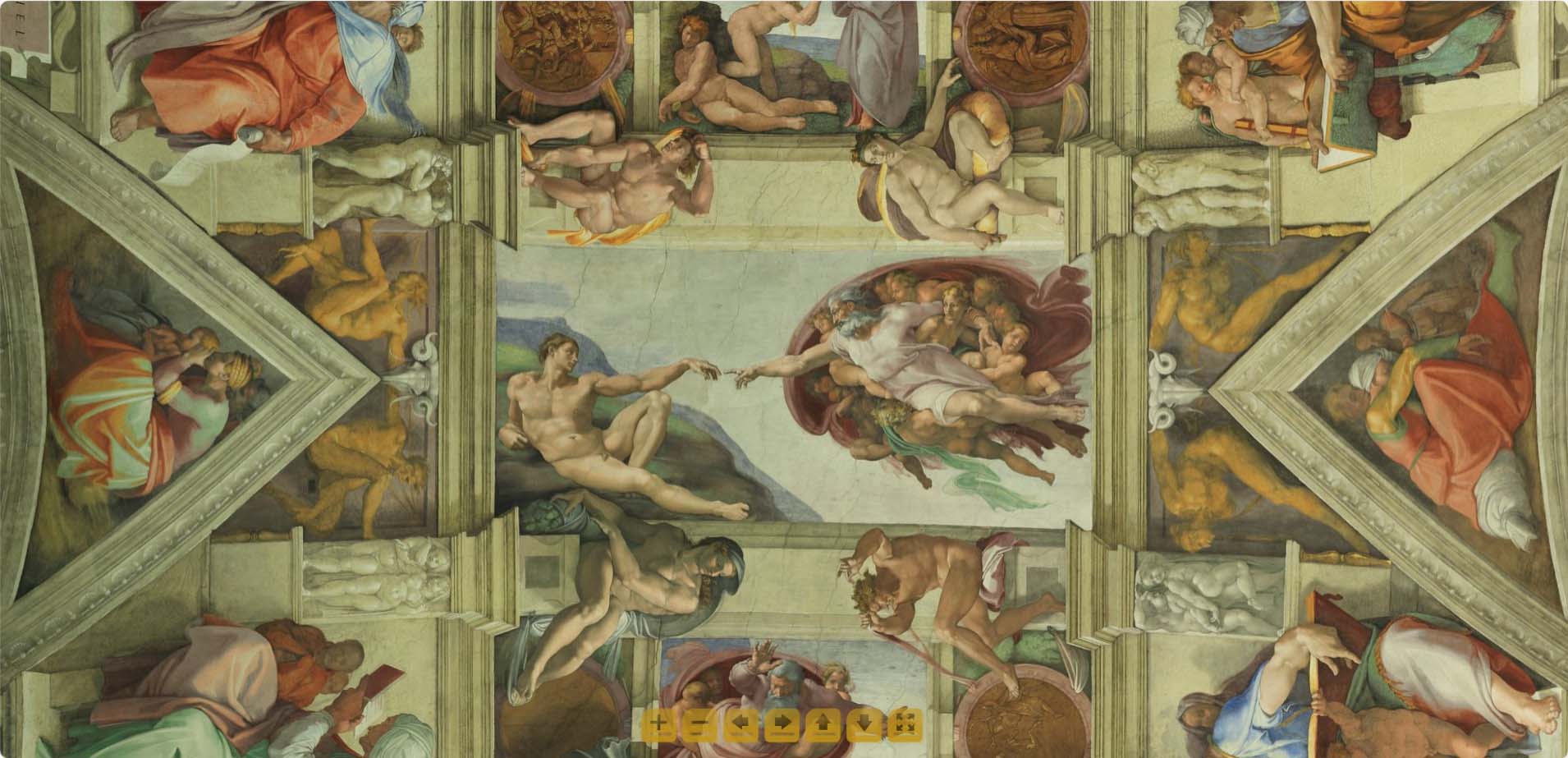
Abstract art deliberately departs from faithful representation of visible reality. Its essence lies in non-objectivity or significant departure from recognizable forms. Instead of depicting the external world, abstract art prioritizes intrinsic elements: the relationships between colours, shapes, lines, textures, forms, and the inherent qualities of the materials themselves. Its purpose shifts from representation to evocation – aiming to express ideas, emotions, sensations, or purely formal concerns directly through these visual elements. The subject matter, if present at all, becomes secondary or entirely dissolved into the overall composition.

The most significant difference between figurative art and abstract art lies in their relationship to observable reality and their primary intent. Figurative art anchors itself in the depiction of the recognizable world, using its visual vocabulary to comment on, interpret, or represent that world. Its meaning often stems from the interaction between the depicted subject and the viewer's understanding of it. Abstract art, conversely, deliberately severs that direct anchor. Its meaning is generated internally, through the arrangement of its formal elements and the emotional or intellectual responses they provoke in the viewer. While a figurative painting might depict an anguished face to convey sorrow, an abstract painting might use jagged lines, dissonant colours, and turbulent textures to evoke the feeling of anguish directly, without depicting its source. Figurative art relies on shared recognition; abstract art often demands a more personal, subjective interpretation.
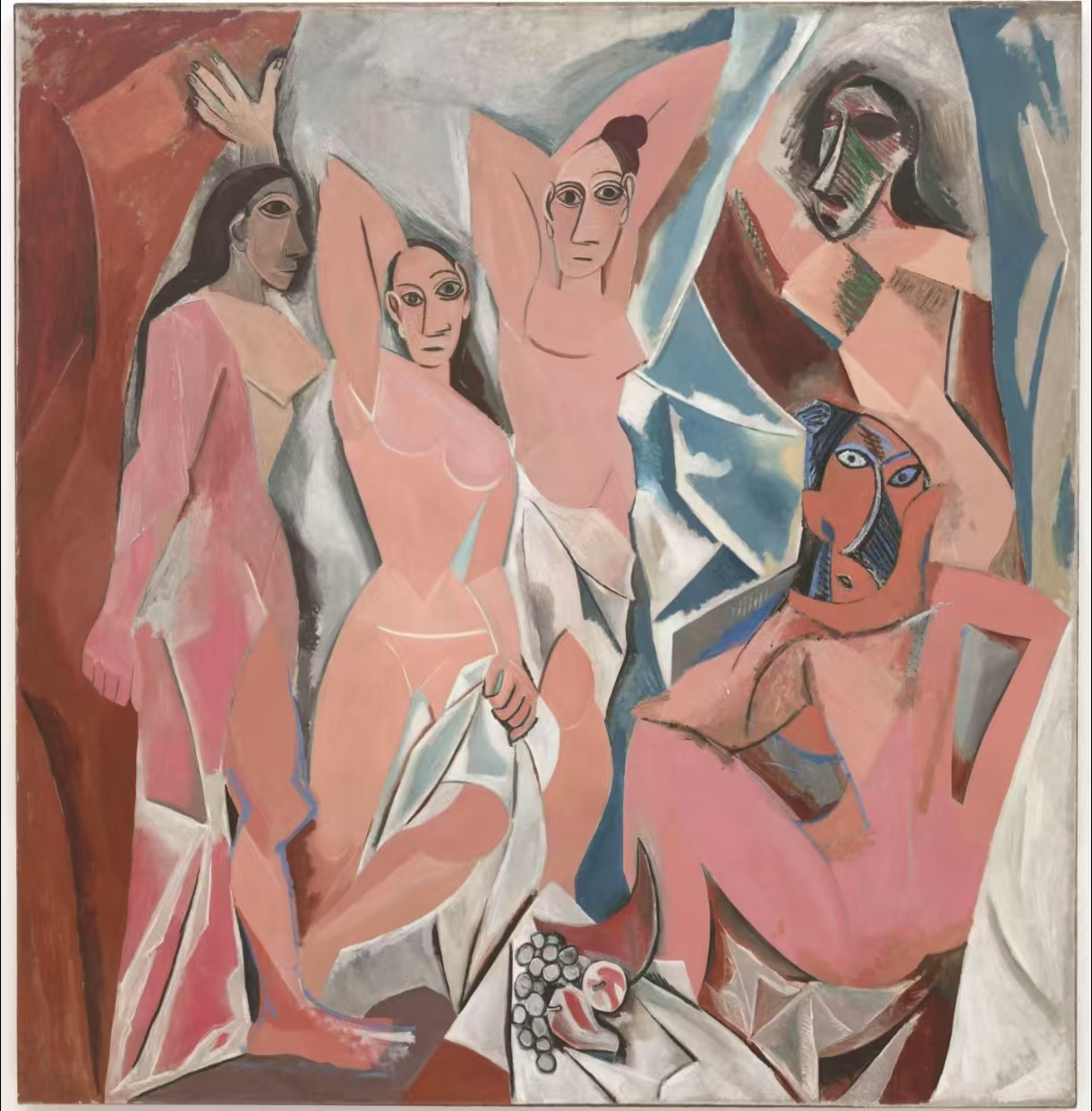
It is crucial to recognize that art rarely exists in absolute binary states. A spectrum exists between pure figuration and pure abstraction. Movements like Impressionism and Post-Impressionism began pushing towards abstraction by prioritizing light, colour, and brushwork over precise detail. Cubism fragmented recognizable forms into geometric facets. Expressionism distorted figures to convey intense emotion. These are often termed "semi-abstract" or "abstracted" because they retain a discernible link to reality while significantly altering its appearance. Pure abstraction, such as the geometric precision of Piet Mondrian or the gestural energy of much Abstract Expressionism, presents no identifiable objects from the natural world.

The history of art is replete with renowned figurative artists.
Masters like Michelangelo, Leonardo da Vinci, and Rembrandt defined eras through their profound mastery of depicting the human form and narrative.
Caravaggio revolutionized painting with his dramatic chiaroscuro applied to deeply human, often gritty, biblical scenes.
In the 20th and 21st centuries, figurative painting endured and evolved powerfully. Artists like Lucian Freud are celebrated for their intensely observed, psychologically charged, and texturally rich nudes and portraits.
Francis Bacon created haunting, distorted figurative works conveying existential angst.
Contemporary artists like Jenny Saville continue to push figurative boundaries with monumental, visceral depictions of the body, while offers vibrant, stylized scenes of modern life. These artists demonstrate the enduring power and adaptability of the figurative tradition.
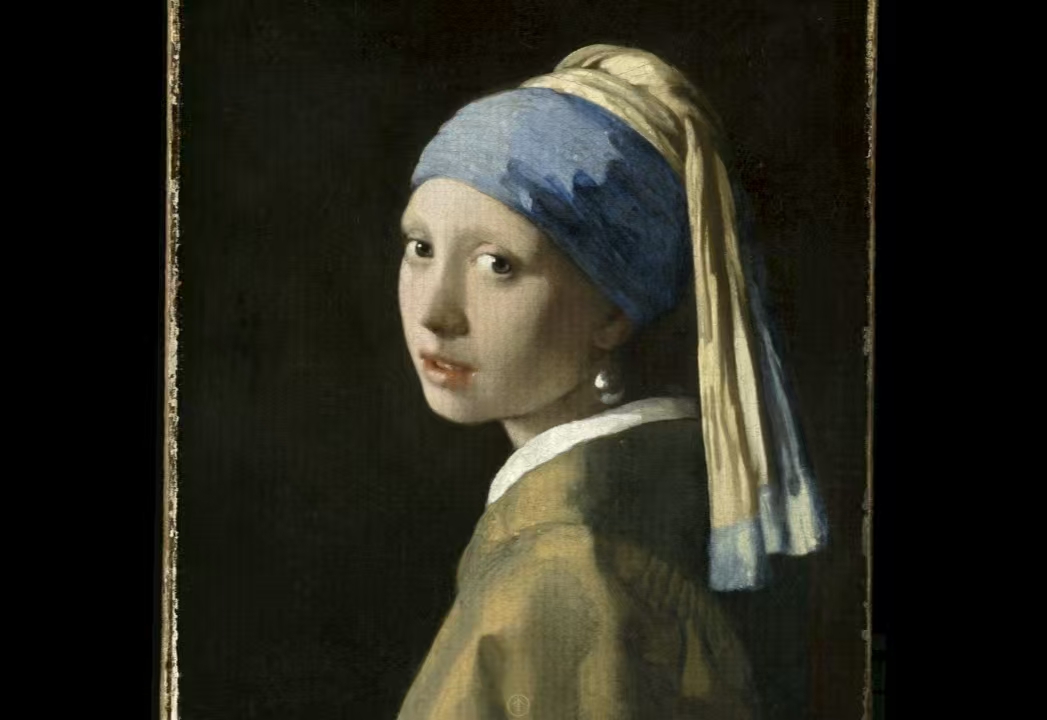
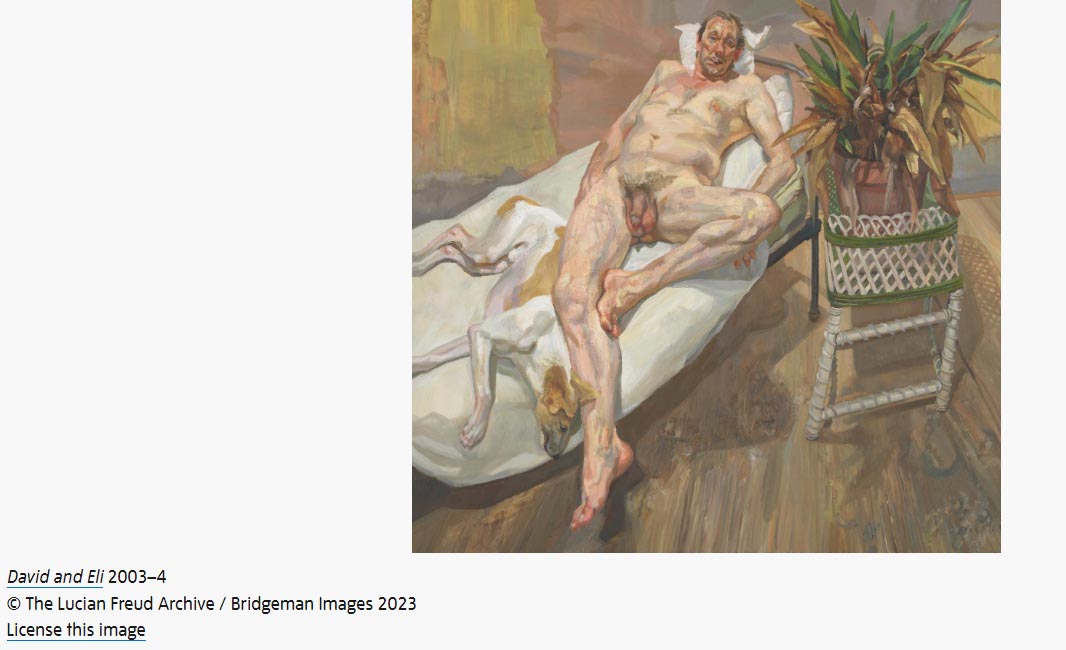
Abstract art found its early theoretical and practical foundations with Wassily Kandinsky, often hailed as the pioneer of pure abstraction, who sought to express spiritual realities through colour and form.
Piet Mondrian developed his rigorous Neoplasticism, reducing composition to vertical and horizontal lines and primary colours.
Kazimir Malevich reached the zenith of reductionism with his iconic "Black Square," embodying Suprematism.
The mid-20th century saw the explosive rise of Abstract Expressionism in America, with Jackson Pollock's action-filled drip paintings and Mark Rothko's immersive, emotive colour fields becoming defining examples.
Artists like Joan Miró and Jean Arp explored organic, biomorphic abstraction within Surrealism. These diverse figures illustrate the vast possibilities unlocked by abandoning direct representation.
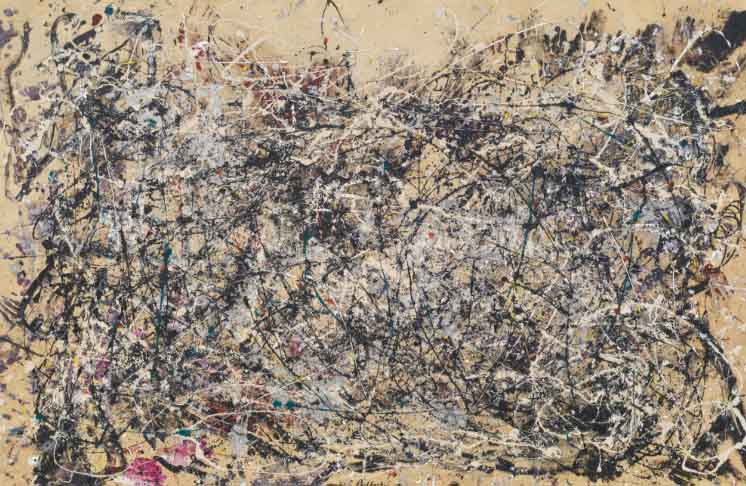
The dialogue between figuration and abstraction remains a defining dynamic within contemporary art. Far from being opposing forces, they represent complementary approaches to the fundamental human impulse to create meaning through visual form. Figurative art grounds us in the shared experience of the tangible world, offering narratives, portraits, and reflections of our external and internal realities. Abstract art liberates the visual elements, allowing colour, line, form, and texture to communicate directly, evoking emotions and ideas that transcend literal depiction. Both traditions demand skill, vision, and profound engagement from both artist and viewer. Their continued vitality underscores the richness of artistic expression and the endless capacity of visual language to explore the complexities of human existence.

Hi, I’m Philo, a Chinese artist passionate about blending traditional Asian art with contemporary expressions. Through Artphiloso, my artist website, I share my journey and creations—from figurative painting and figure painting to floral oil painting and painting on landscape. You'll also find ideas for home decorating with paint and more.
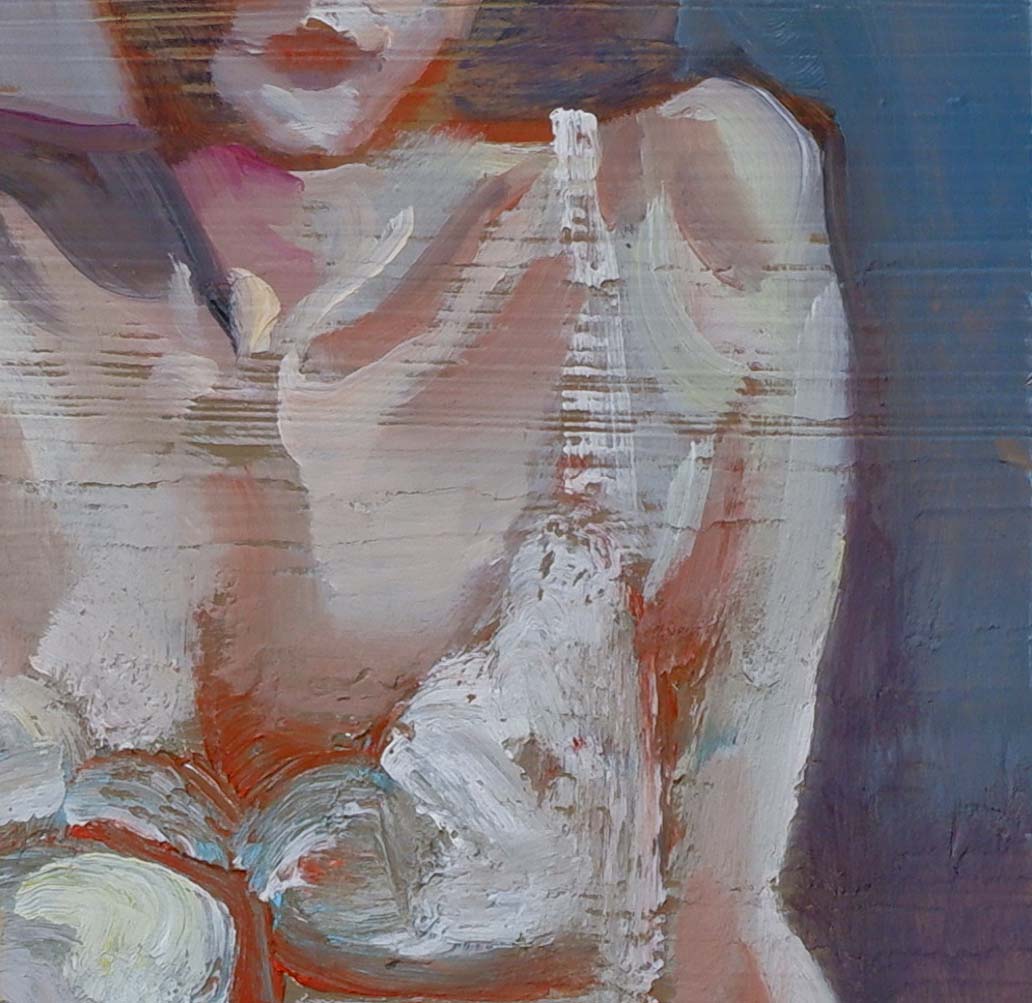
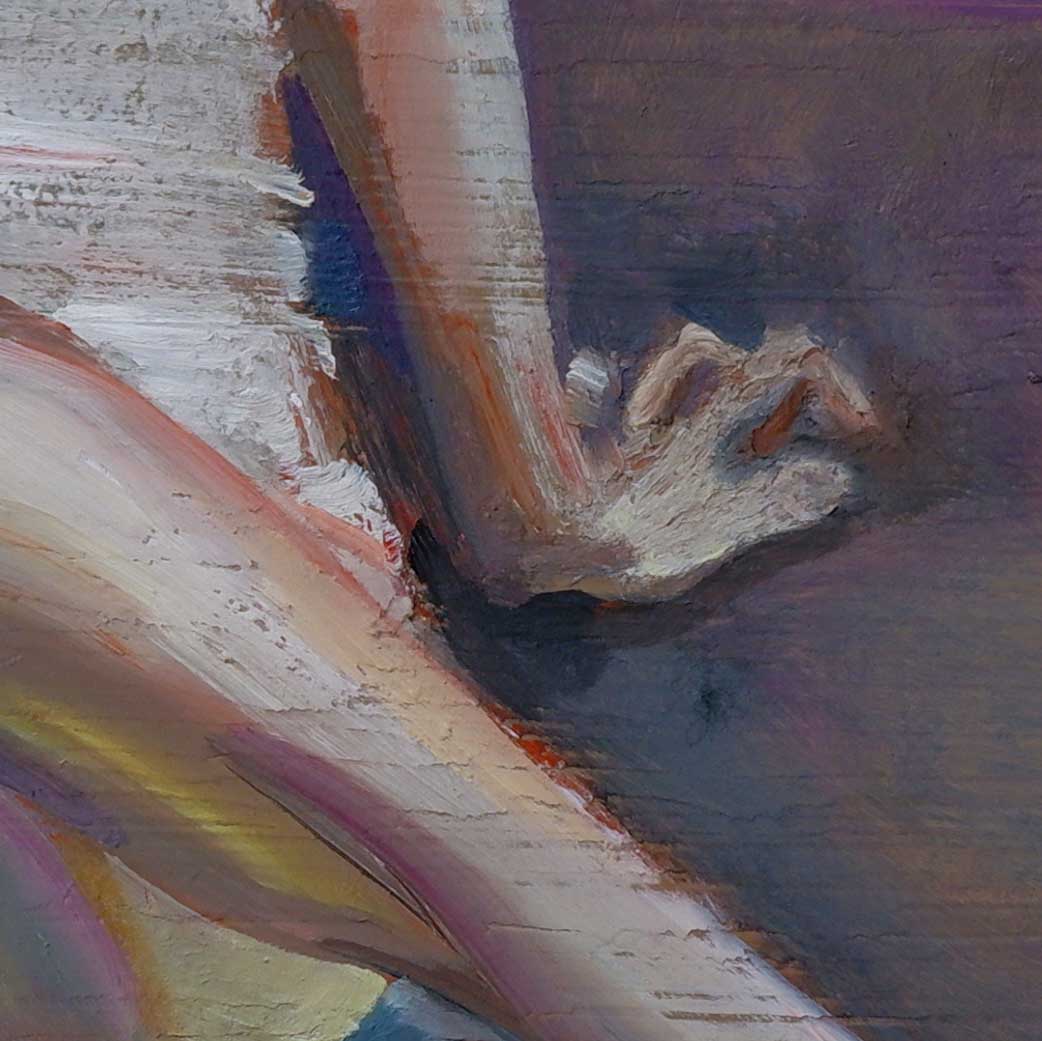
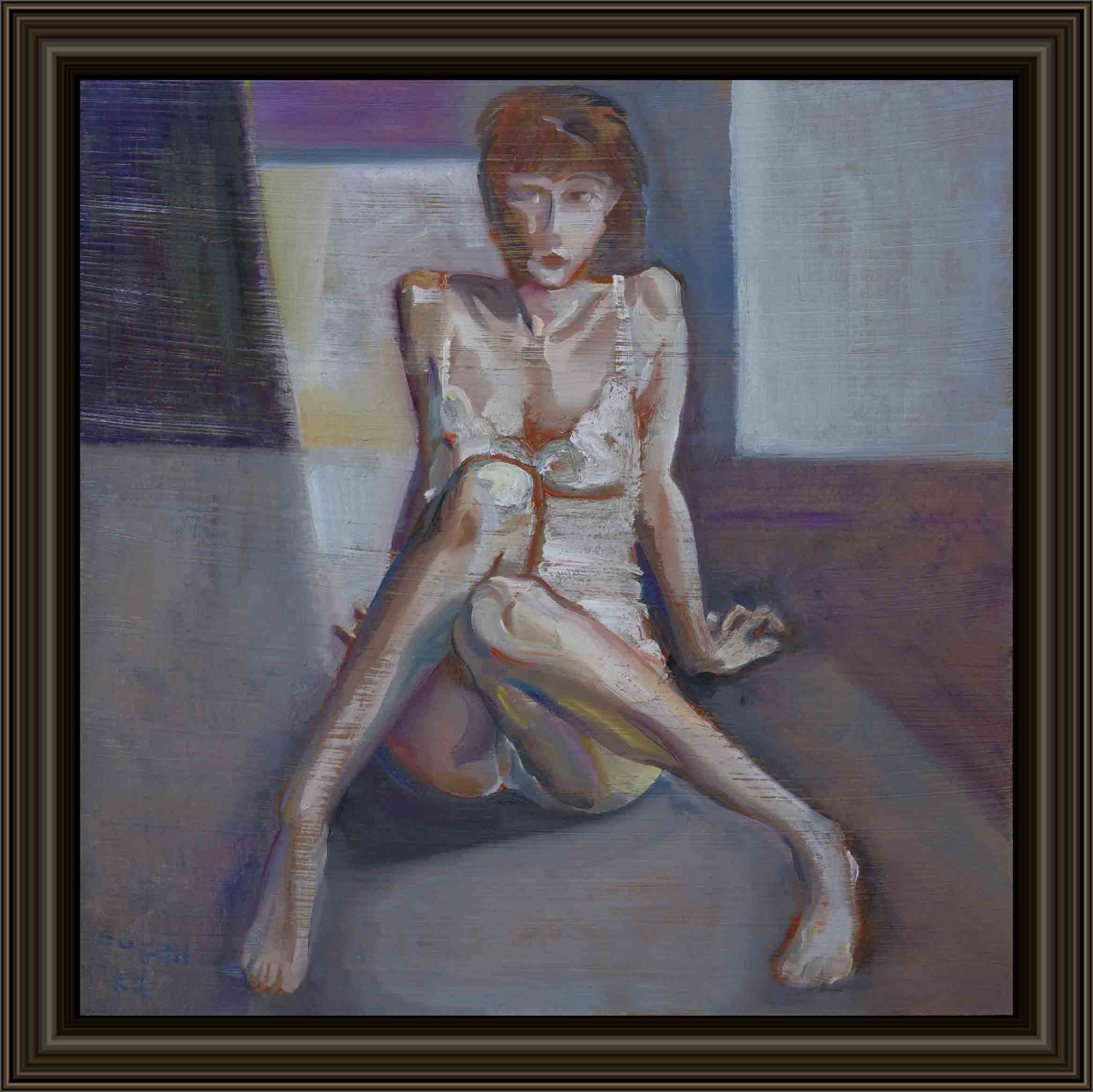
Figurative art depicts recognizable subjects from the observable world, such as people, animals, landscapes, or objects. It relies on shared visual recognition, though it can involve stylization or interpretation.
Abstract art does not attempt to represent external reality accurately. It emphasizes shapes, colours, forms, lines, and textures to achieve its effect, often expressing ideas or emotions non-objectively.
Yes. Many artworks exist on a spectrum. Semi-abstract or abstracted art distorts, simplifies, or fragments recognizable subjects while retaining a discernible link to reality (e.g., Cubism, Expressionism).
Wassily Kandinsky is widely credited as a pioneer of pure non-objective painting around 1911, driven by theories linking colour and form to spiritual expression.
Absolutely. Figurative art remains a powerful and diverse force in contemporary practice, continually reinterpreted by artists exploring identity, narrative, politics, and the human condition in new ways.
